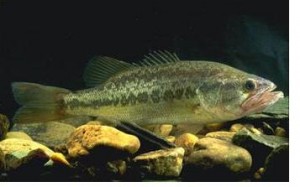WEDNESDAY, 20 JULY 2011
 The spatial and temporal availability of prey in nature influences the physiological form of predators. During periods of high food availability, an increased food-processing capacity is advantageous, but maintaining this high capacity during times of food shortage poses energetic costs.
The spatial and temporal availability of prey in nature influences the physiological form of predators. During periods of high food availability, an increased food-processing capacity is advantageous, but maintaining this high capacity during times of food shortage poses energetic costs.Physiological studies have shown that when food availability is predictable, animals are able to modulate their digestive system so as to track the variation in prey [1]. However foraging opportunities for many animals are unpredictable. In this case, it is beneficial to maintain a higher-than-average food processing capacity.
Researchers in the United States have estimated the digestive capacities of 38 different species of fish, and found that they maintained the physiological capacity to feed at rates which are 2-3 times higher than the average daily rate [2]. A numerical simulation suggests that these observed rates are advantageous only if predator-prey encounters are far more variable than previously thought.
Research into the ratios between digestive capacity and load of wild animals is currently very limited. However the results of this study encourage more research into the yo-yoing nature of our feeding history.
Written by Elizabeth Anne Bateman
